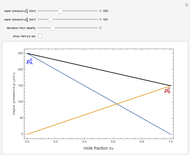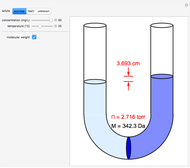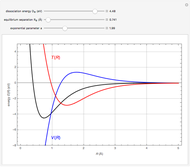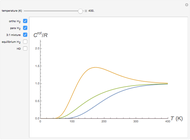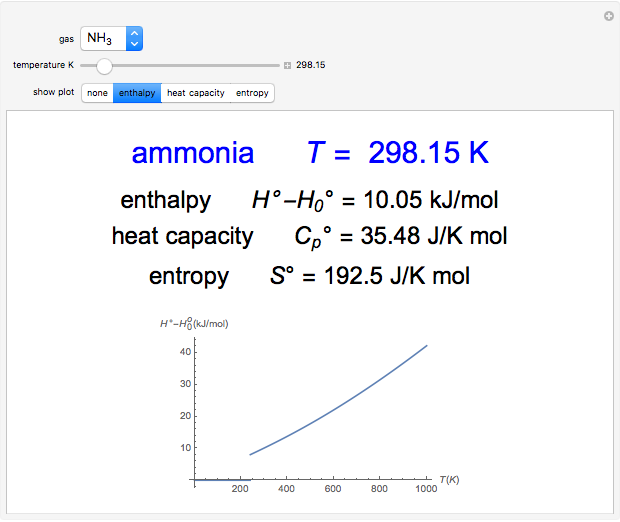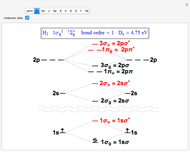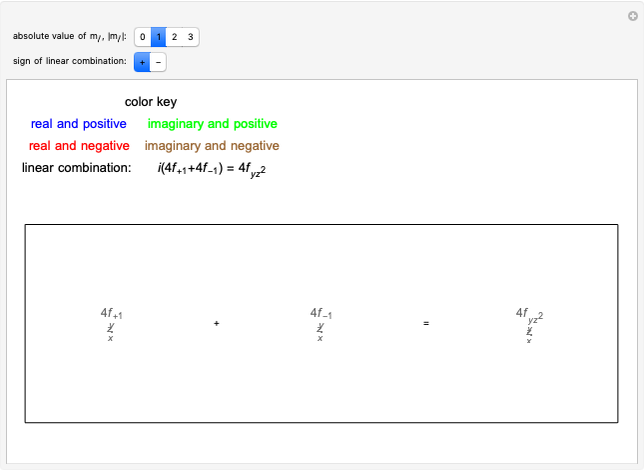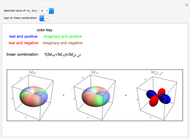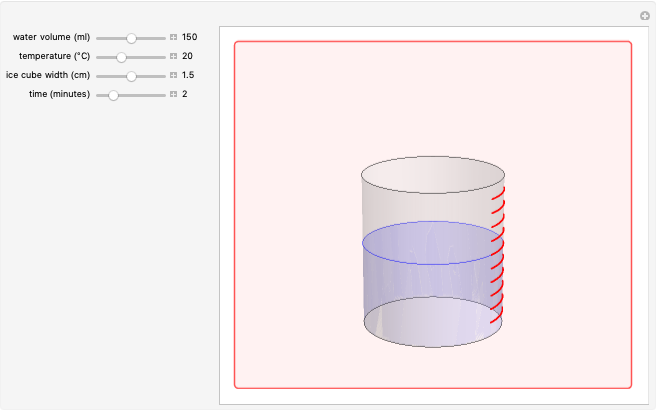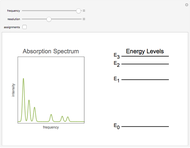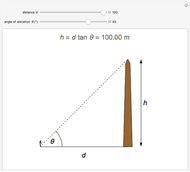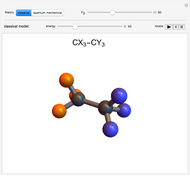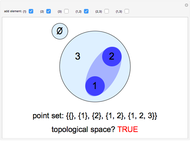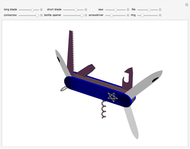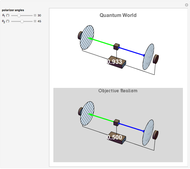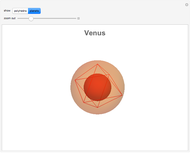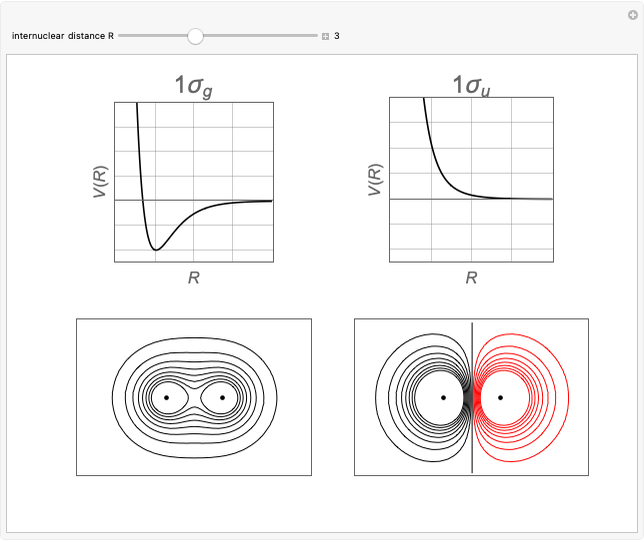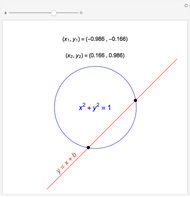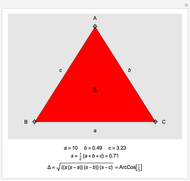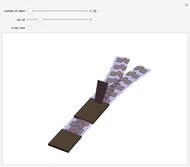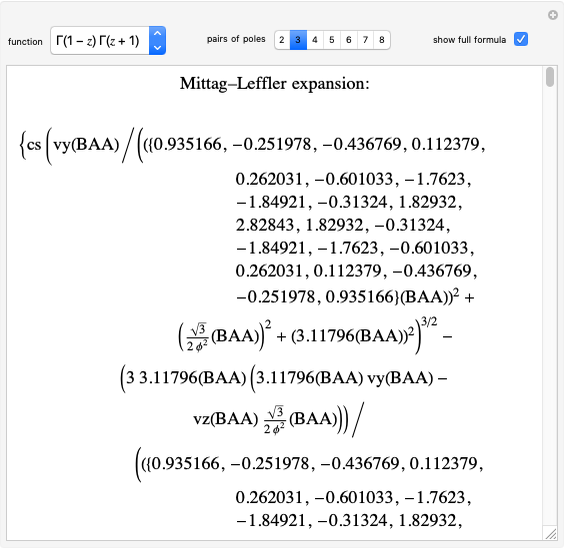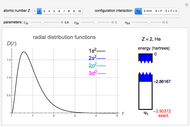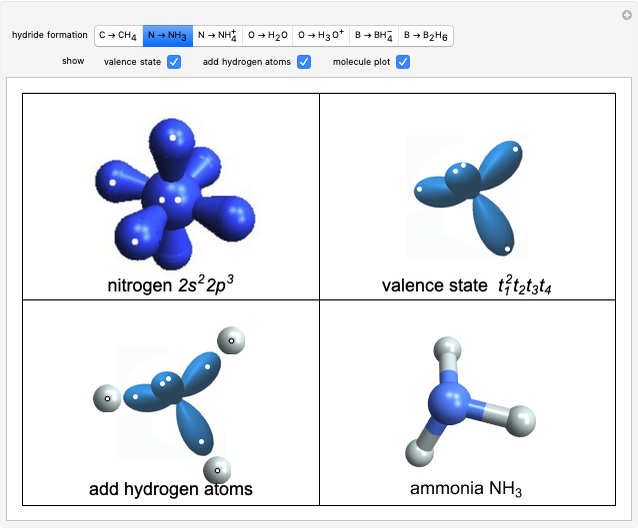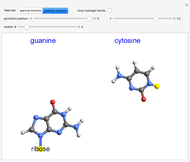Piezoelectricity in Barium Titanate

Requires a Wolfram Notebook System
Interact on desktop, mobile and cloud with the free Wolfram Player or other Wolfram Language products.
Piezoelectricity is the ability of some materials to generate an electric potential in response to applied mechanical stress. The ceramic mineral barium titanate  is a classic example. The crystal is characterized as a perovskite structure. At temperatures greater than the Curie point (120 ºC) the unit cell has cubic symmetry. A
is a classic example. The crystal is characterized as a perovskite structure. At temperatures greater than the Curie point (120 ºC) the unit cell has cubic symmetry. A  ion, shown as a gray sphere, is located at the center of the cube. It is surrounded by
ion, shown as a gray sphere, is located at the center of the cube. It is surrounded by  ions (green spheres) at the eight corners of the cube and
ions (green spheres) at the eight corners of the cube and  ions (red spheres) at the six centers of the cube faces. The electrical charges of cubic perovskite have a completely symmetrical arrangement.
ions (red spheres) at the six centers of the cube faces. The electrical charges of cubic perovskite have a completely symmetrical arrangement.
Contributed by: S. M. Blinder (March 2011)
Open content licensed under CC BY-NC-SA
Snapshots
Details
Snapshot 1: above the Curie point, cubic symmetry
Snapshot 2: below the Curie point, the crystal becomes ferroelectric
Snapshot 3: decrease below the poling voltage upon stretching the crystal
See: Piezoelectricity
Permanent Citation







